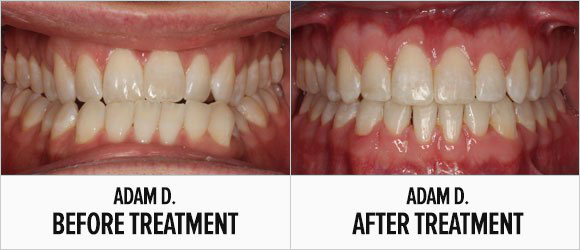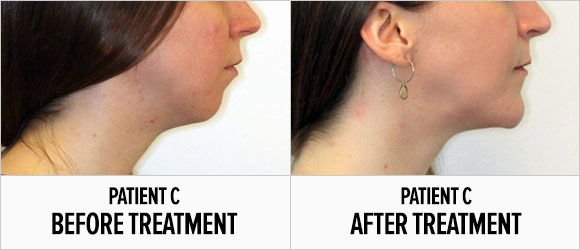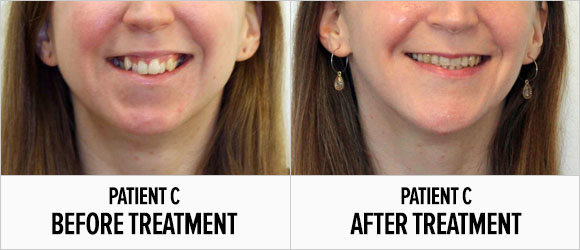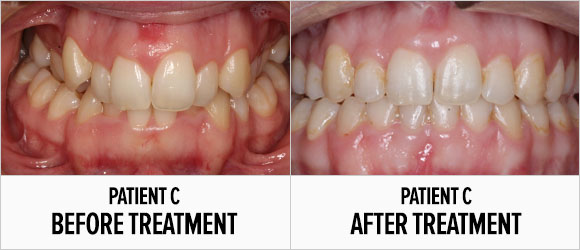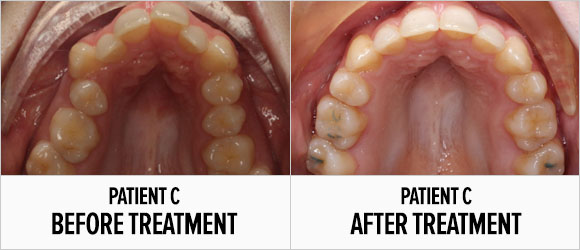Orthognathic Jaw Surgery
As orthodontists, we move teeth within the bone of the upper and lower jaw. This creates better occlusion (bites) and more esthetically pleasing smiles. However, this tooth movement is limited by the boundaries of the bone and therefore cannot fix all bite related issues. In cases where major discrepancies exist between the upper and the lower jaw, corrective orthognathic jaw surgery combined with orthodontic treatment may be required to achieve the best outcome possible.
Orthognathic jaw surgery is performed by an oral surgeon and requires general anesthesia, an overnight stay at the hospital, and a gradual recovery period of weeks to months following the surgery. For the average jaw surgery patient, the braces are on the teeth for approximately one year prior to having the surgery performed. The braces are on during the surgery and after it is completed the patient returns for approximately 6 months of fine tuning and detailing of their teeth. The oral surgeon may also advise that the wisdom teeth be removed prior to the jaw surgery.
Jaw surgery can provide major functional benefits to a person’s occlusion and also result in dramatic improvements with their facial appearance and profile. Jaw surgery can be performed on the upper jaw (maxilla), the lower jaw (mandible) or both. There are a variety of different variations of these procedures that allow a skilled surgeon to widen, narrow, elongate, and coordinate the symmetry and position of the upper and lower teeth and jaw bones.
The process to move forward with jaw surgery starts with a thorough consultation with an orthognathic jaw surgeon. At this appointment, the oral surgeon can provide information to the patient regarding the expected type of surgery, anticipated recovery, benefits, risks, and costs associated with the medical care. In some cases, general medical insurance may cover a part of the surgery.

Adam D.
A 31 year-old patient presented with crowding in lower arch, and an underbite –primarily due to increased skeletal growth of the lower jaw. Treatment included orthodontics to straighten his teeth and lower jaw surgery to correct his bite and provide greater facial balance. Notice the significant improvement in his facial profile after treatment.
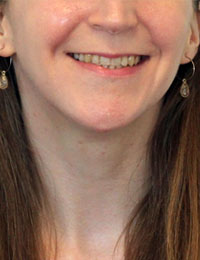
Patient C
Orthodontics combined with orthognathic jaw surgery is necessary in some cases to achieve the best outcome possible. Our patient had a poor alignment of her teeth, excess overlap of her front teeth and a very convex profile with recessed lower jaw. With the amazing work of an oral surgeon colleague we were able to significantly enhance the esthetics of her profile and provide a more balanced bite.

